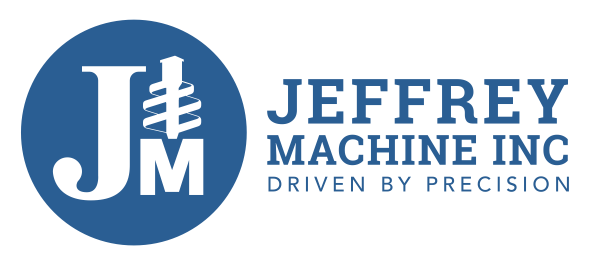Signs It's Time for New Auger Flighting

When you purchase a tool, you know that the longer and more often you use it, the more likely it will experience wear and tear. The same goes for auger flighting. It’s an essential part of drilling holes in the soil, so once this component is damaged, your job becomes extremely difficult and frustrating. Know the signs that it’s time for new auger flighting to ensure you’re taking care of your tools and always performing a job the best you can.
Tapered or Bent Tips
The most obvious sign that your auger flighting is experiencing wear or tear is if the component has tapered or bent tips. The flighting needs to stay in the corkscrew shape to carry out a job successfully. When the tips on the flighting are bent, it cannot efficiently drill a borehole. To prevent unnecessary repair expenses, you must inspect your auger flighting before, during, and after each use.
Minimized Throughput
Throughput is the amount of material that passes through a system or process. Auger drilling removes the soil from the borehole as the flighting rotates deeper into the earth. Flighting that has wear or tear will not be able to maximize the throughput of soil, making the application you’re performing ineffective. You may need replacement auger flighting to ensure your auger tool is drilling to the best of its ability.
Flighting Diameter Decreases
When you purchase an auger tool from Jeffrey Machine, you might notice that the flighting diameter appears undersized by one inch on either side. This is to give our customers the max cut on the auger. For example, if you need a max diameter of 24 inches, the outside diameter of the flights should measure 22 inches. If you purchased a 24-inch flight, but it’s now 20 inches, it’s a sign it’s time for new auger flighting.
You can inspect the diameter by measuring the component yourself. Take your tape measure and measure the distance from the stem of the auger to the outside edge of your flighting on either side. Add the diameter of the stem to these measurements to get the total sum of your diameter. When it’s no longer 22 inches, you will need replacements or additional wear pads for protection.
How Can You Prevent Wear & Tear?
While softer soils are more forgiving to your auger flighting, abrasive materials and rocky soils are not. The outer edge of the flighting will be under consistent friction, which will cause excessive wear and tear. Luckily, you can help prevent damage by adding some of Jeffrey Machine’s wear protection products, such as wear pads, carbide studs, or hard surface welding wire to extend the life of the auger flighting.
The flighting on your auger tool is an integral part of the process of drilling a borehole. When this component is not in top condition, you could poorly perform a job, or you might not be able to perform it at all due to the flighting being too far damaged. Remember to inspect this part before, during, and after the application to ensure no unnecessary wear or tear occurs.
